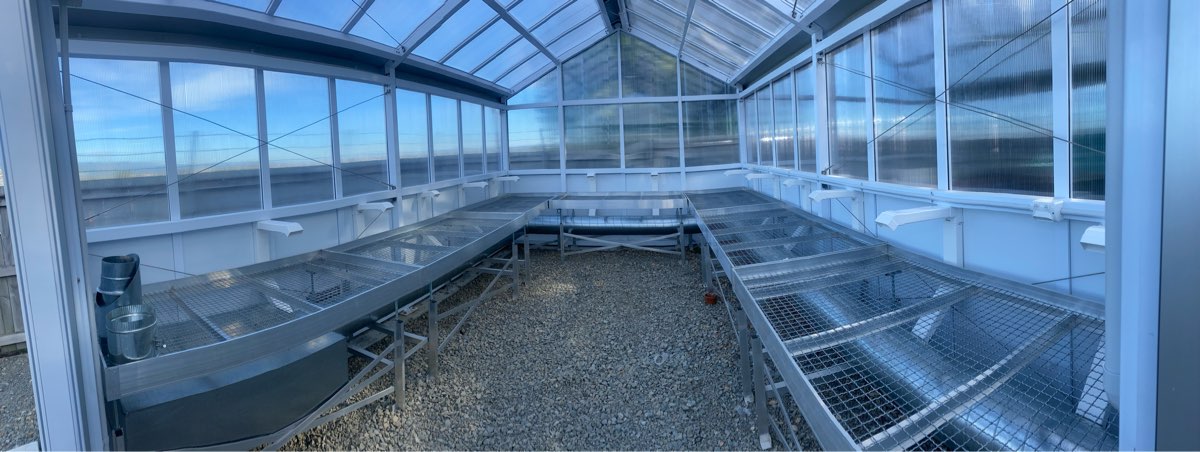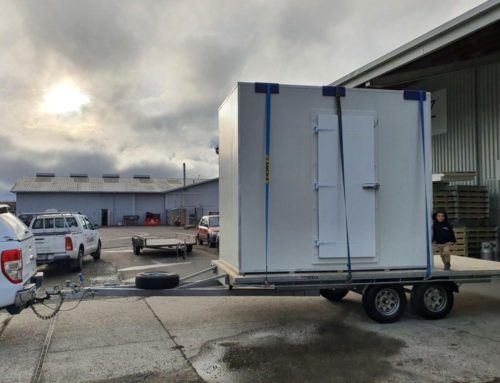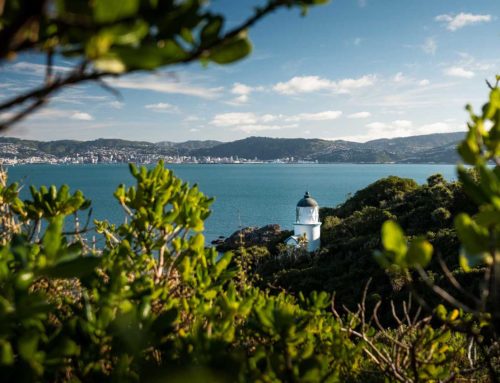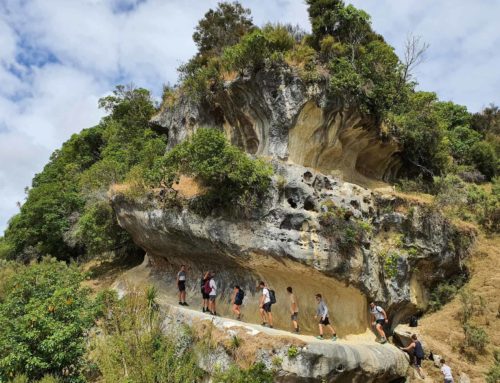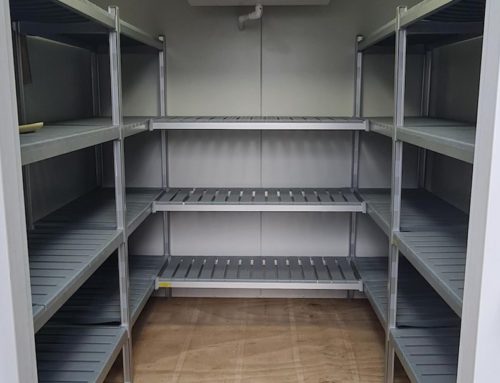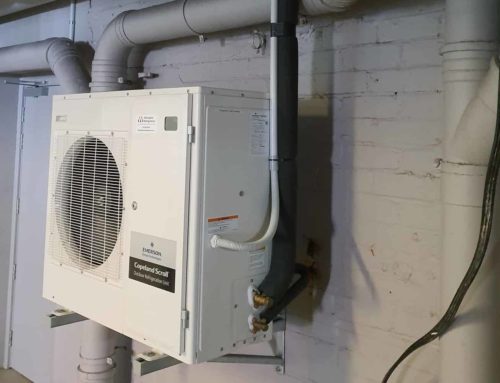We’re excited to see our project included in the well acclaimed New Zealand Alpine Garden Society Bulletin. See pages 28 – 33 attached below for the full article.
Background:
Wellington Refrigeration was approached by Percy’s Reserve – Hutt City Council, to come into a project underway with a mechanical design and build, to create an environment that would allow Alpine plants to flourish.
In their natural environment, alpine plants are subject to cold temperatures much of the year including being encased in snow for up to 5 months of the year or more. Attempting to recreate this environment at sea level in the Hutt Valley was clearly a big ask, particularly with the predesigned ‘glass houses’ and a budget to keep to.
The temperature of the environment was critical in the plants’ natural flowering and pollination life cycle, such as not getting too hot in summer but still receiving long sunlight hours and keeping nice and consistently cool/subzero through winter months.
Wellington Refrigeration drew inspiration from the Kew Gardens Davies Alpine House design in London, where the architects designed a labyrinth based on termite mounds, that are naturally ventilated and cooled through various underground tunnels. We didn’t have the opportunity to get involved in the building design or construction, however used a similar concept of using cooled air mechanically circulated through duct work and deliver it to the plant box tables directly via uPVC piping. This design was used due to a glass house in Lower Hutt beaing near impossible to cool effectively in the middle of summer. Therefore the overall glass house ambient temperature is not managed, other than an extract fan, but the cool air is directly delivered to the plants – like a cold blast of mountain air – varying between -3°C in the winter to ~+4°C in summer.
After a full year cycle of operation, the gardener/caretaker at the reserve reported at least 50% of the plants had performed significantly better or thrived as they should have in the natural Alpine environment.
Environment:
The position of the two Alpine Houses is close to the reserve’s stream which runs in a reasonably deep ditch running toward and under State Highway 2. Wellington Refrigeration saw this as an opportunity to gather ‘free evaporative cooling’ from the water-way and introduce this into the recirculated circuit as part of the energy efficiency and fresh air introduction of the system. The refrigerant selected was a small charge of zero Ozone Depletion Potential (ODP) and low Global Warming Potential (GWP) Refrigerant R448A which suited the high capacity demand and low glycol temperature utilized as the cooling fluid. As the system does not attempt to cool the entire alpine house, but rather targets the individual plants, and with the stream cooling assistance the refrigeration system was able to be 25% of the size of that which it may have needed to be.
